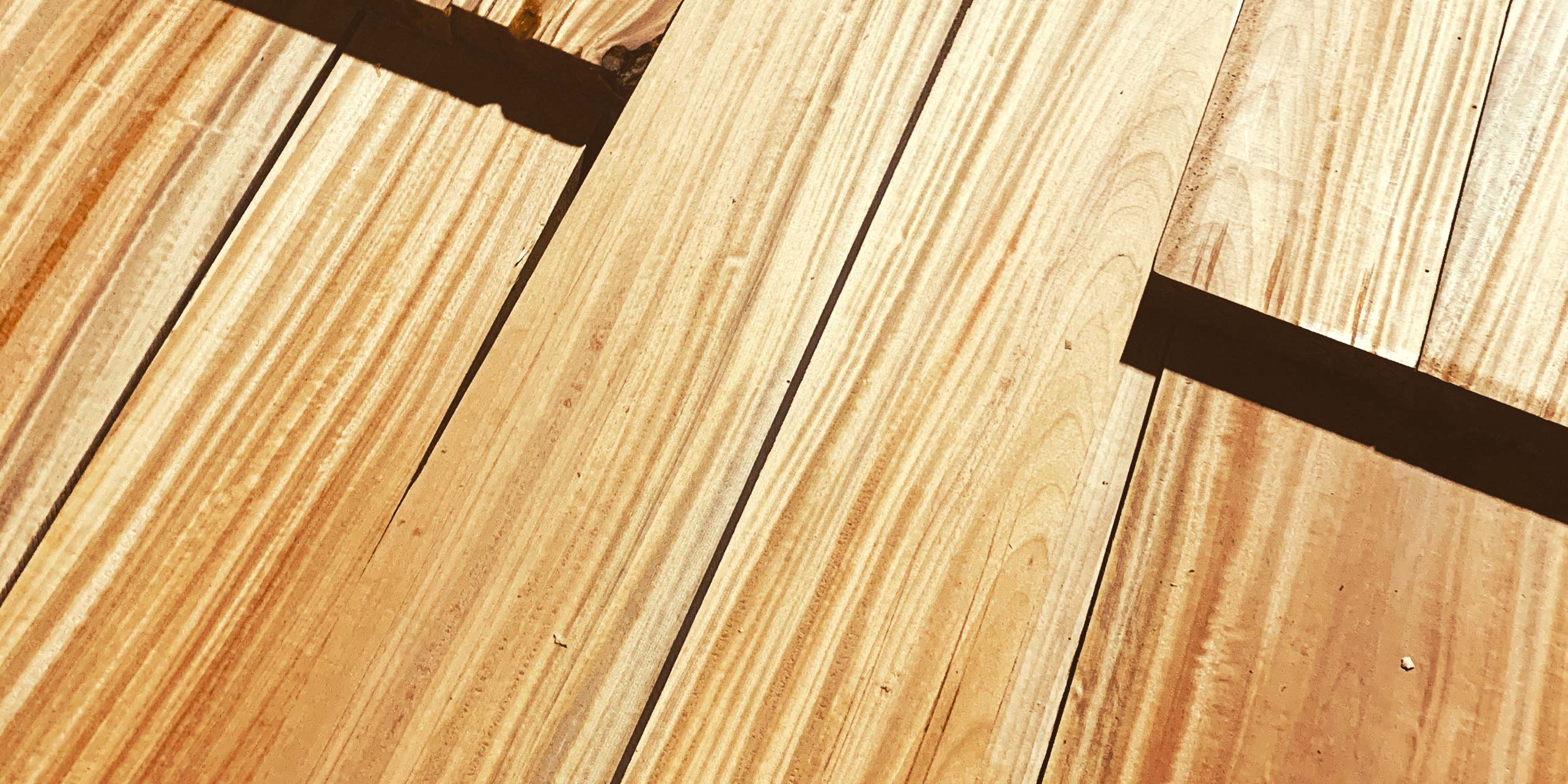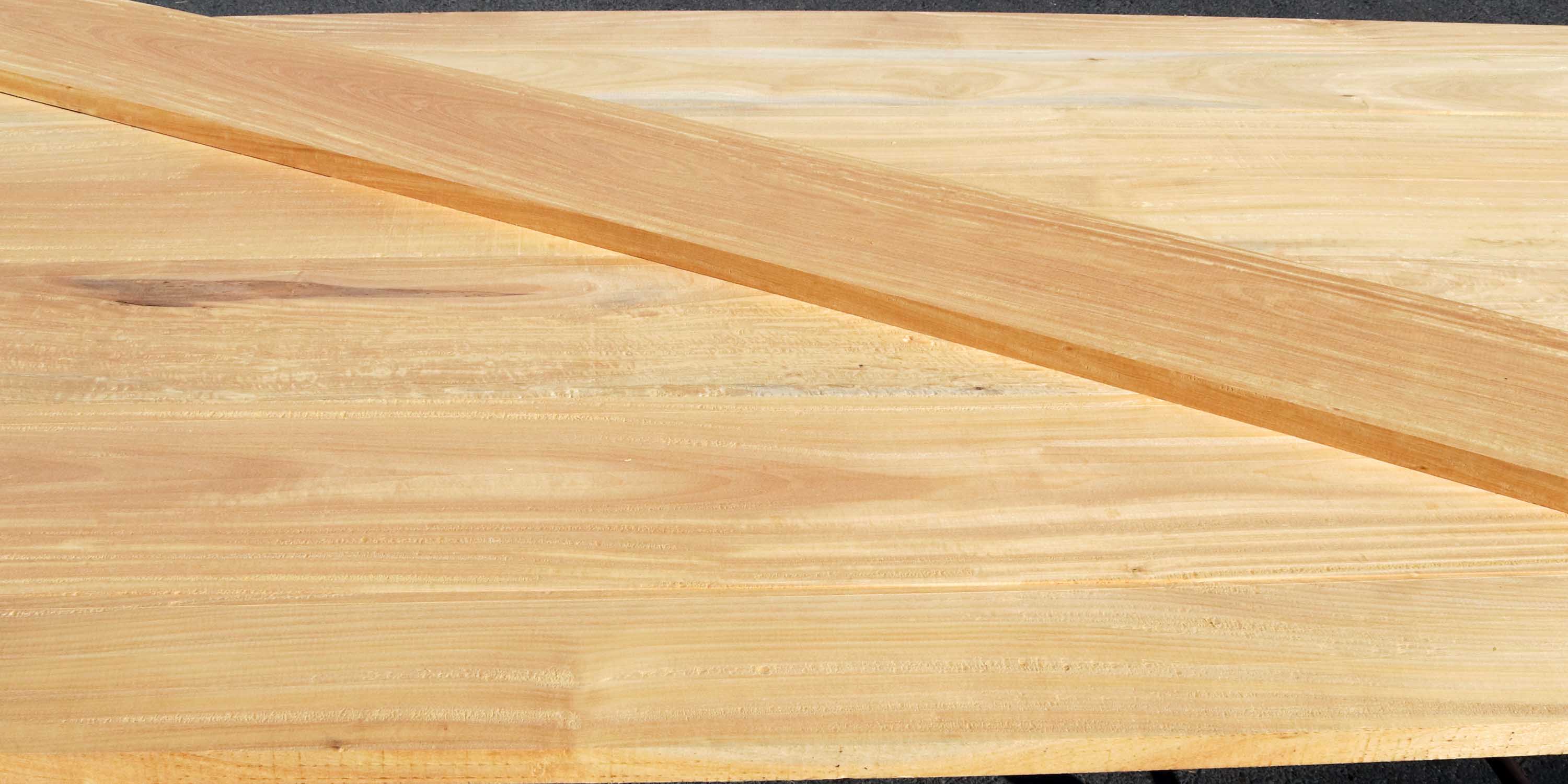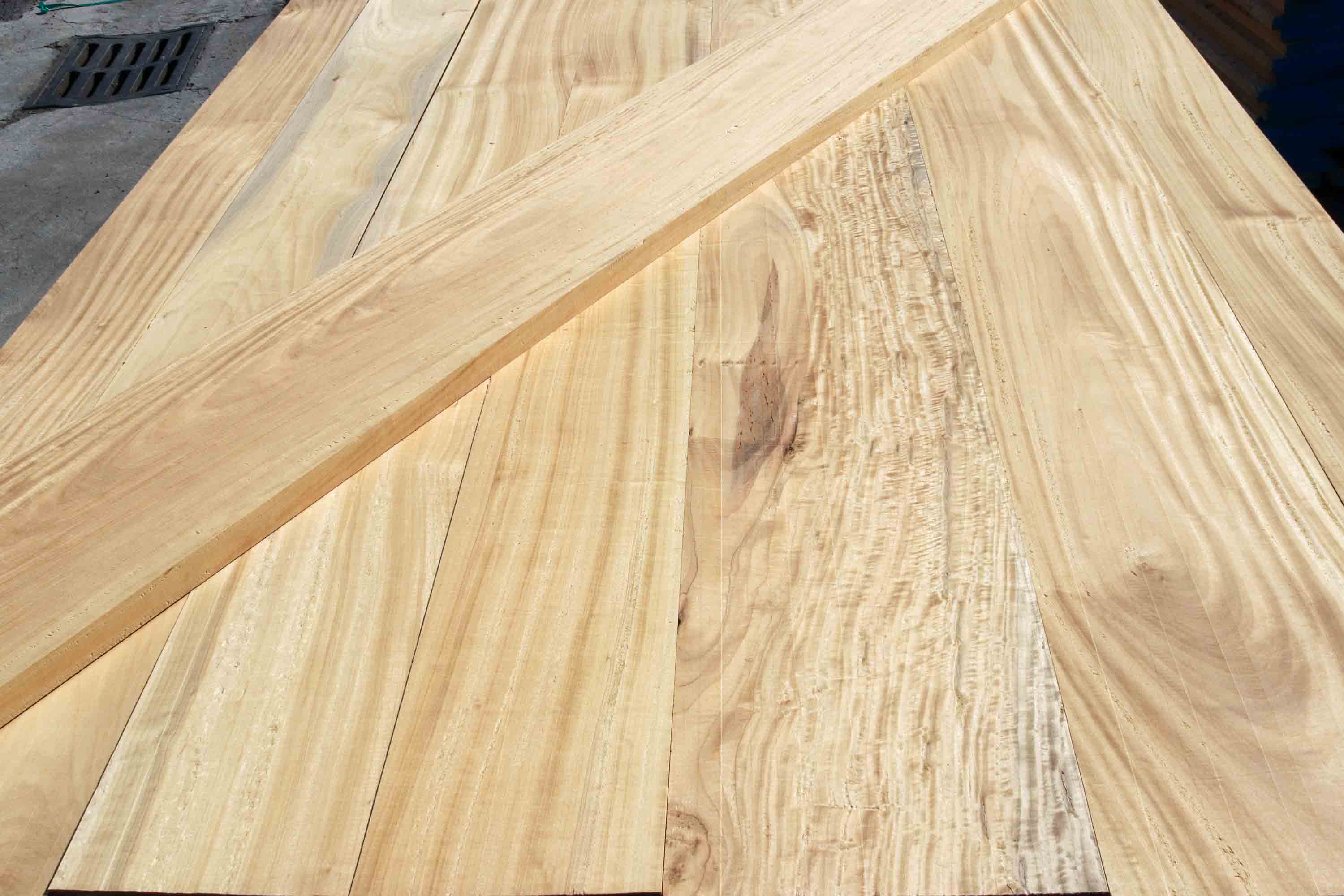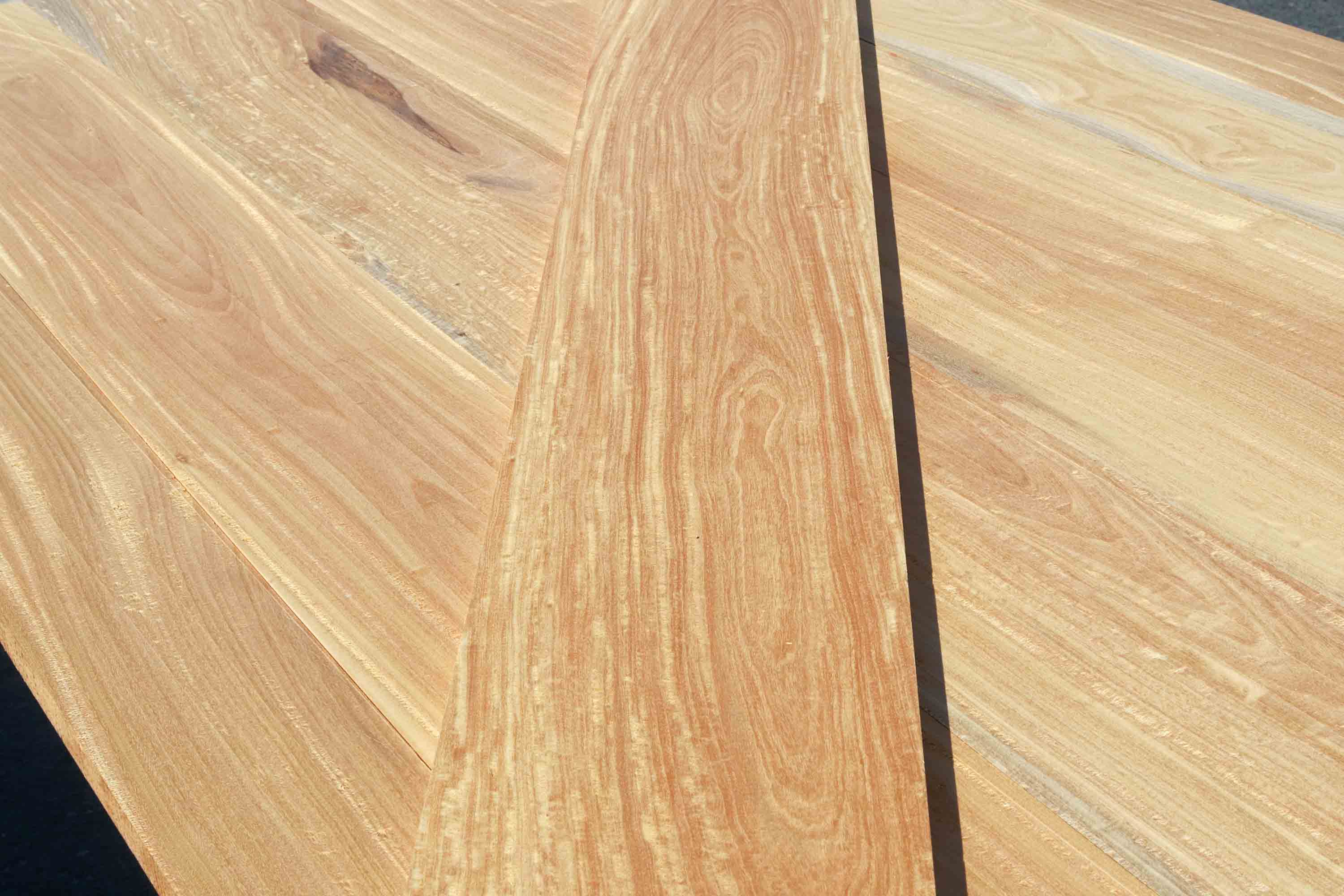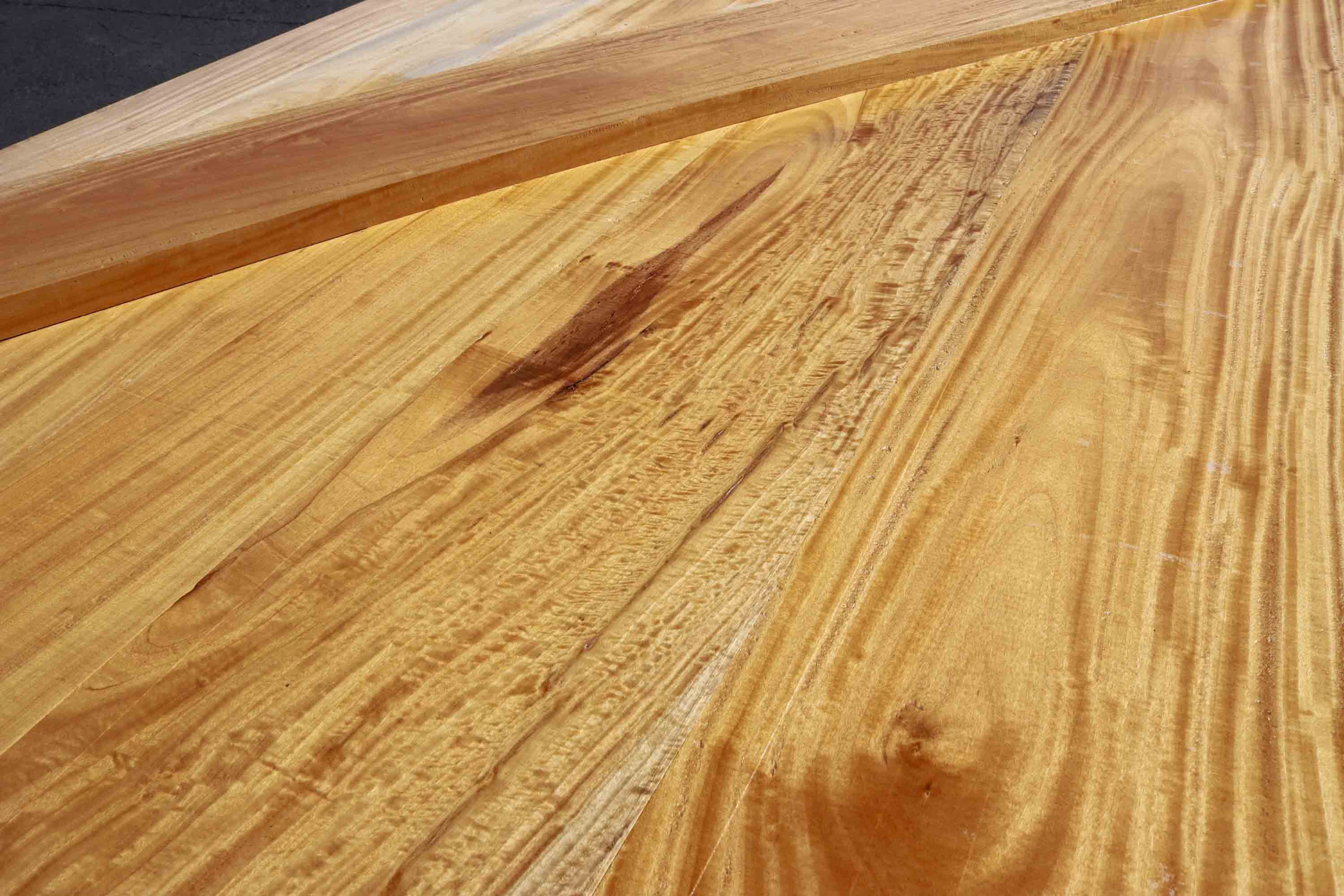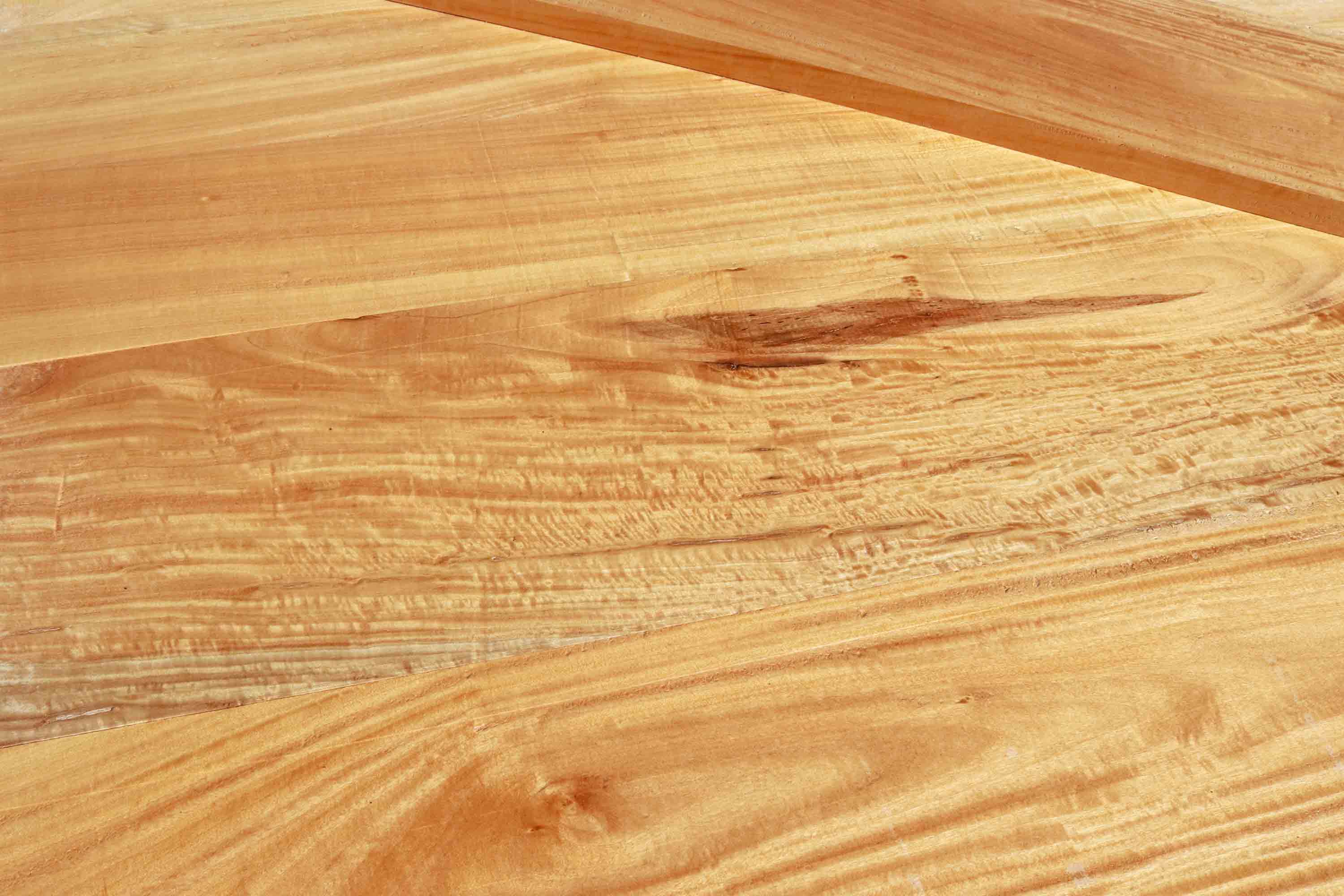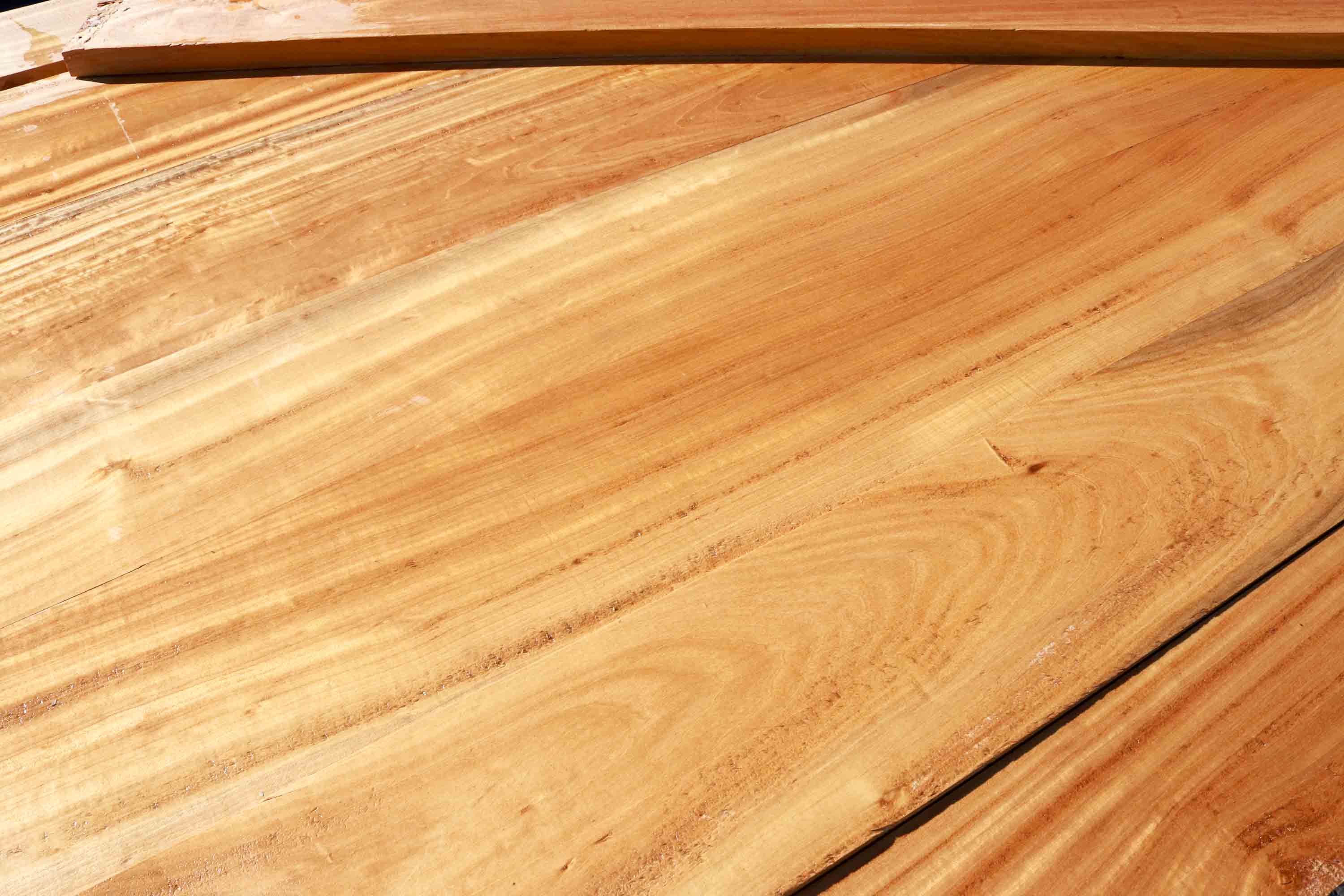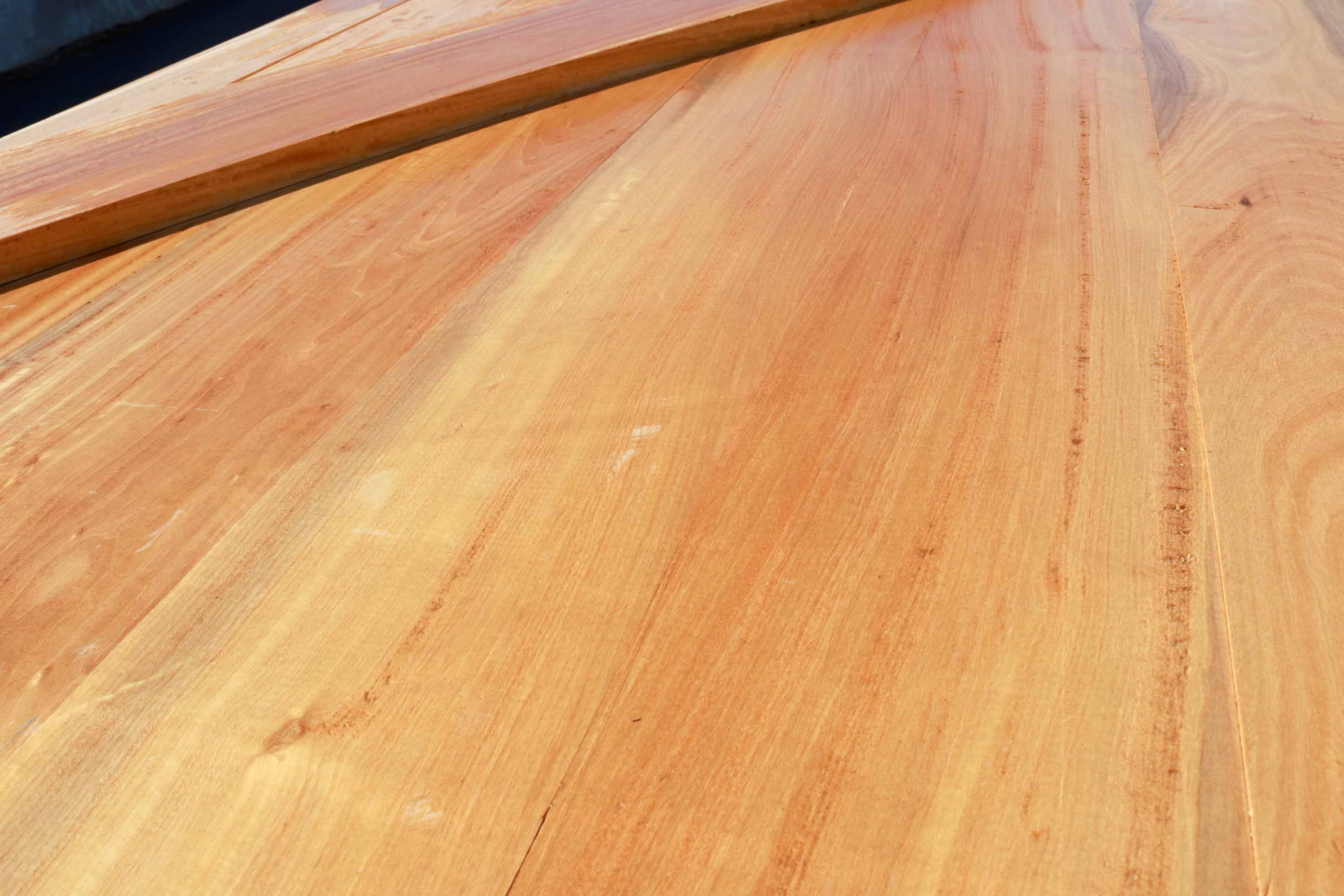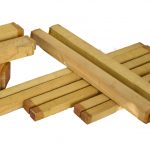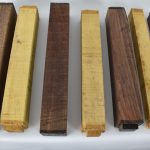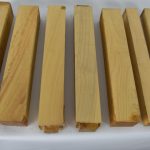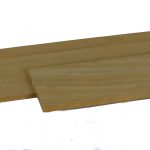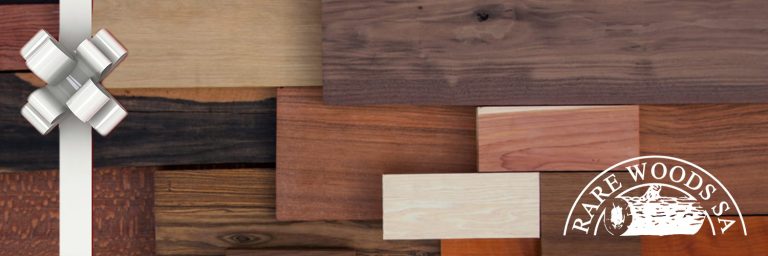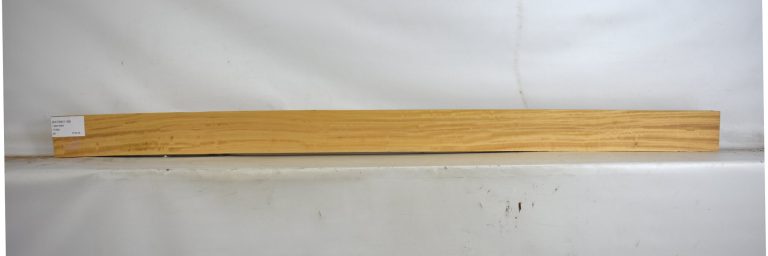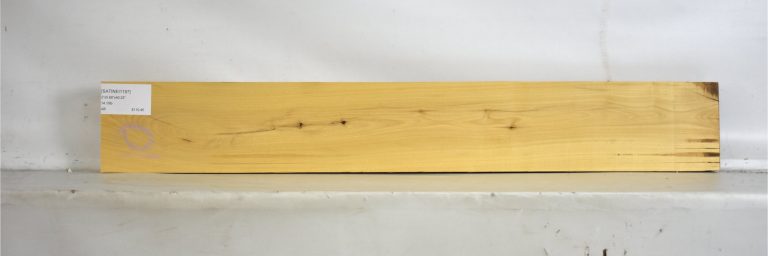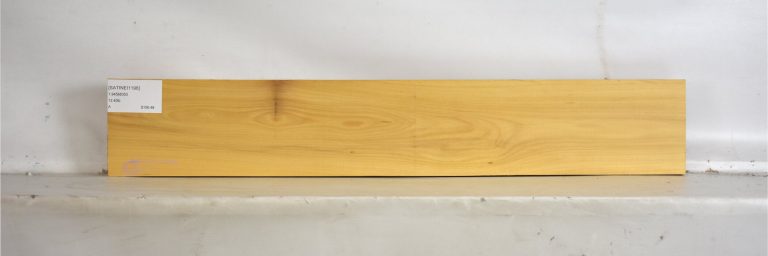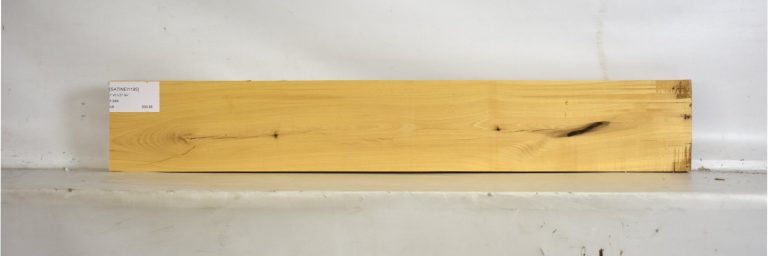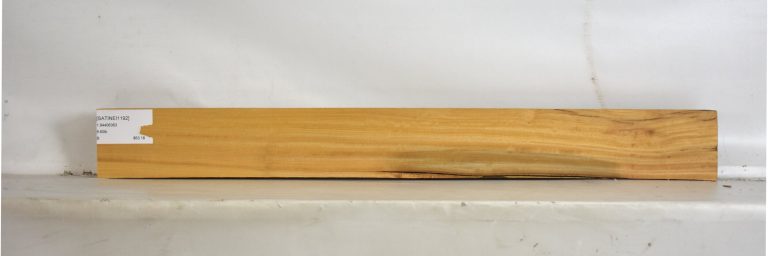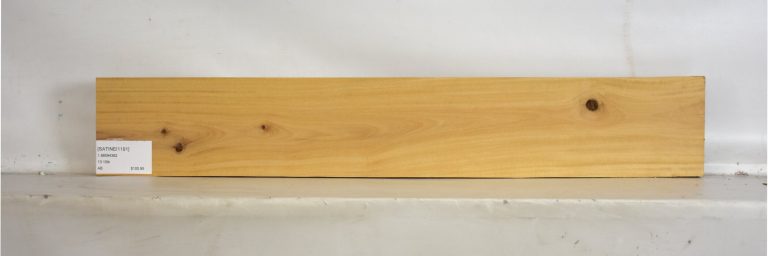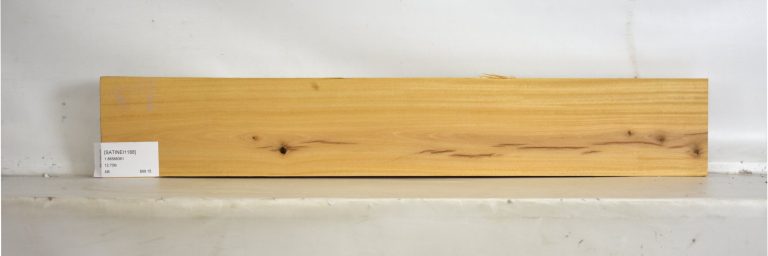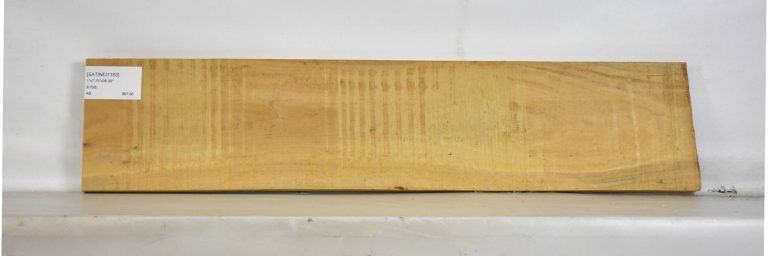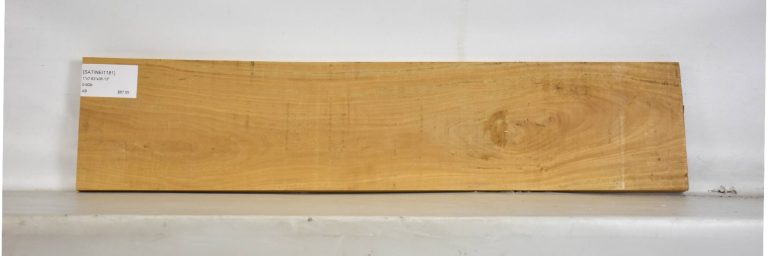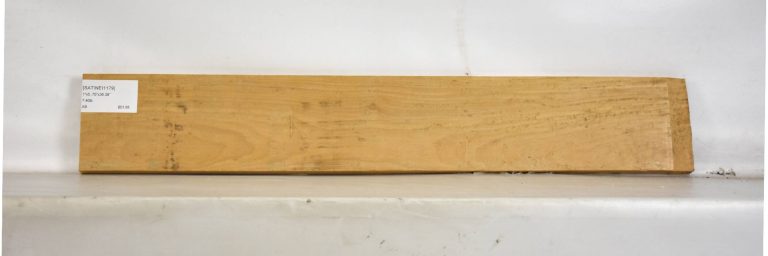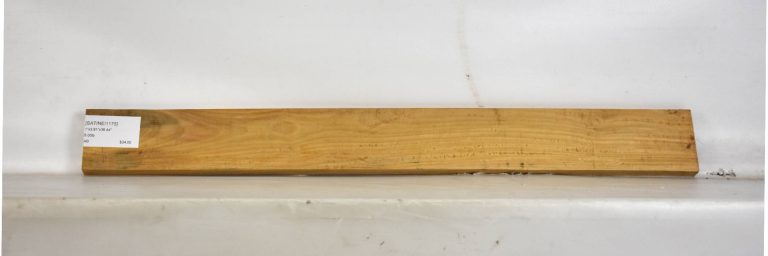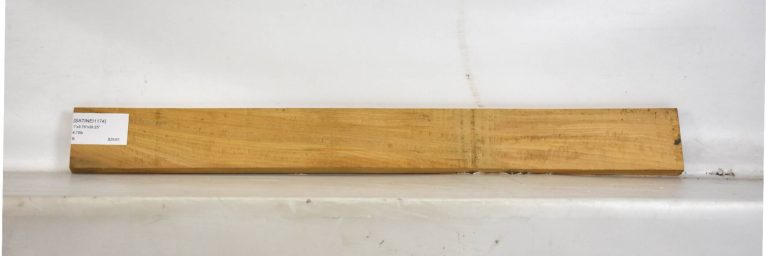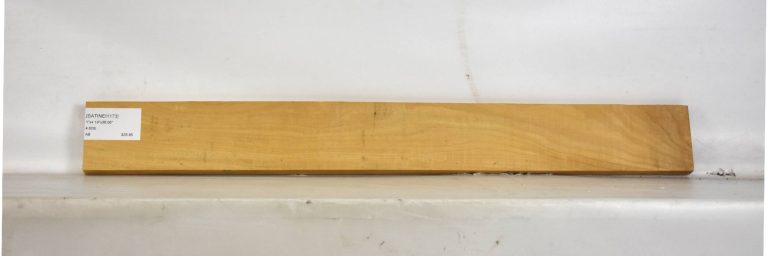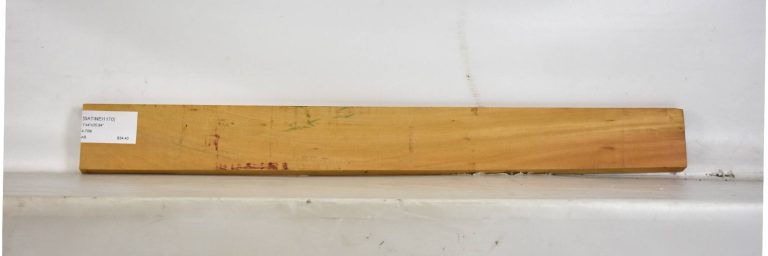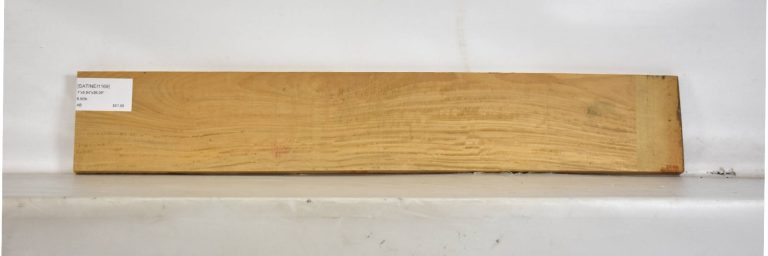Satinwood – East Indian
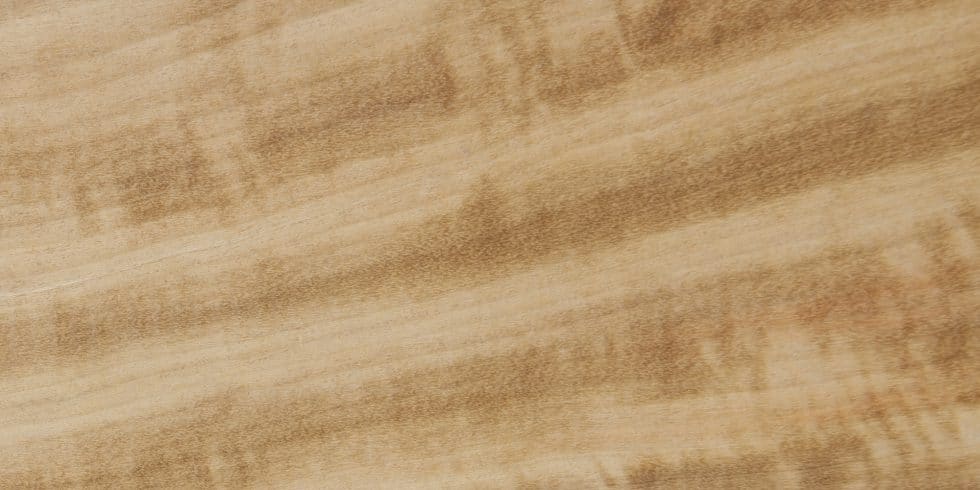
East Indian (or Ceylon) Satinwood is a truly exquisite tropical hardwood. Its heartwood ranges from light to medium golden yellow, typically. Sapwood generally is white/off white and paler than the heartwood, though not always clearly demarcated. Premium-grade examples can be seen with a mottled or rippled grain pattern — resembling ripples in satin fabric, and, thus, lending to its name “Satinwood;” such examples may possess a chatoyance ranging from subtle to the dramatic.
Grains can be straight, but are more typically interlocked. Although — due to its density, hardness and generally interlocked grains — it can be difficult to work, it turns, glues and finishes superbly; featuring a smooth, luxurious texture and a shimmering natural luster.
In comparison with other exotic woods, Ceylon Satinwood has remained in short supply to the US market. Its exportation from the region remains restricted. That said, this is actually of little concern to the tree farmers of East India, as the wood is highly coveted throughout the Indian Plate portion of Southern Asia.
Finding long boards of it can be quite difficult and pieces of craft-sized dimensions are more commonly found in the US. Other than the supply issue, a root cause for this is the fact that trees reach full maturity at a height of only 40 to 50 feet, with miniscule trunk diameters of just 1 to 1-1/2 feet. Long boards are always in short supply and sell at a premium, when found.
Not listed in the CITES Appendices, but categorized as “Vulnerable” on the IUCN Red List of Threatened Species.
Why We Love This Wood
Chatoyance.... on a silky, satin sheen backdrop.... simply gorgeous!
Client Creations
Quick Look

A Popular Choice in
Vital Statistics
| Main Color Group | Yellow / White |
| Grain Pattern | Even |
| Avg Dry Weight - LB/BF | 5.1 |
| Avg Dry Weight - KG/M3 | 975 |
| Janka Hardness - LBF | 2620 |
| Janka Hardness - N | 11650 |
Pricing
Description
Grade
UOM
Price
6/4 Lumber
Pre-cut Sizes
Lumber Packs
0 resultsTitle
Qty
Grade
Price
Search With Filters
$110.45
$90.88

